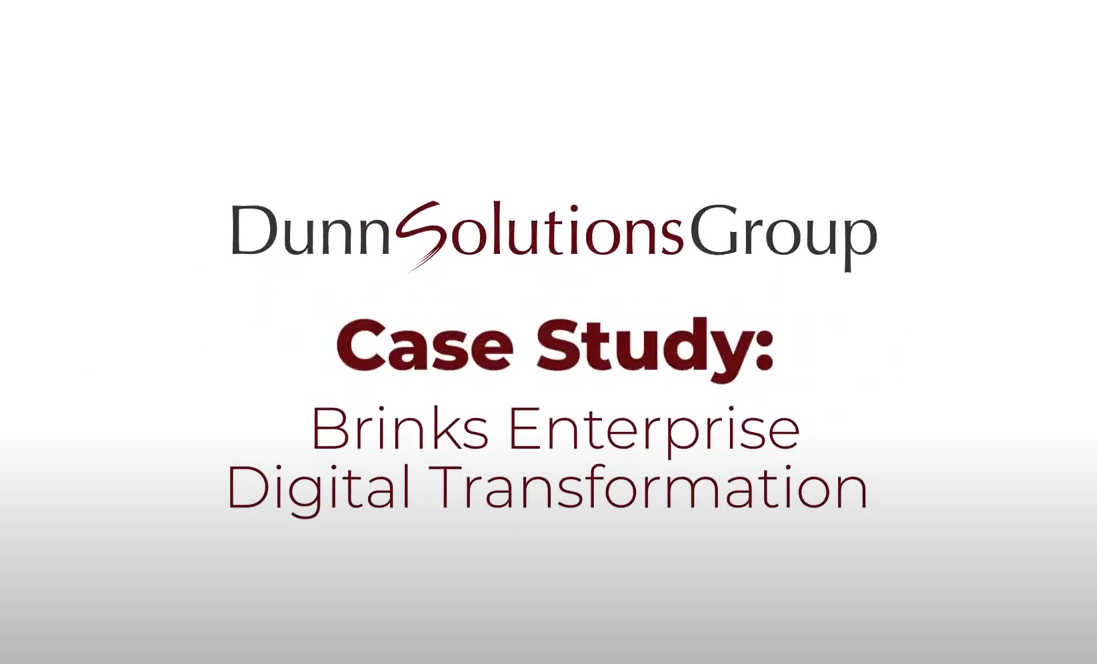Discuss the purpose and business use of Process Control
Describe key features and related harmonization topics
Describe risk-based internal controls
Discuss User Access and New User Experience
Discuss Process Control customizing settings and Implementation Planning
Create and manage master data
Implement the Process Control solution
Plan and process surveys and tests
Overview set up and maintenance Continuous Monitoring
Discuss Closing Activities Sign-off and Aggregation of Deficiencies
Describe the Multi-Compliance Framework
Use the harmonized reporting framework
Application Consultant
Business Analyst
Business Process Architect
Business Process Owner / Team Lead / Power User
Enterprise Architect
Program/Project Manager
Solution Architect
- Essential
- GRC100
- Knowledge of integrated processes in an SAP system
- Knowledge of authorization concepts in an SAP system
- Practical knowledge of common business processes
- Recommended
- Experience with compliance regulations
- Overview of Enterprise Risk and Compliance concepts
- Describe Governance and Internal Control objectives and introduction of SAP Process Control
- Describe how Process Control helps strengthen internal controls
- Describe how Process Control provides an effective solution for managing internal control and compliance activities
- Describe the technical requirements for SAP GRC12.0 installation
- Discuss Implementation Planning
- Describe the purpose of the common technical platform
- Explain the benefits from a streamlined end user experience
- Configuration Requirements and Customizing Activities
- IMG Customize tasks in general
- Configure shared master data settings
- Configure workflow in the IMG
- Perform Process Control-specific customizing tasks in the IMG
- Creation and Management of Manage Master Data
- Describe master data requirements, including methods for loading and maintaining master data
- Master Data configuration process and procedure
- Overview of the Multi-Compliance Framework
- Configure a multi-compliance framework
- Describe Surveys and Manual Testing processes and procedures in SAP Process Control
- Describe the purpose of surveys and tests in Process Control
- Describe the evaluation process
- Describe Planner features and usage
- Create survey questions, surveys and perform survey activities and workflow
- Ad Hoc Issues
- Discuss Ad Hoc Issues
- Configure Ah Hoc Issues
- Create ad hoc issues
- Discuss Remediation and Monitoring
- Continuous Control Monitoring
- Describe features of continuous monitoring and its functionality
- Explain the business benefits of these features
- Identify prerequsites and configuration requirements
- Describe the Integration Framework and Integration Scenarios
- Create and use data sources, and business rules
- Discuss Closing Activities and Sign-Off
- Explain the meaning of sign-off in the context of ICS management
- Prepare and trigger the sign-off process in the planner
- Explain results and reporting
- Explain Aggregation of Deficiencies (AoD) in Process Control
- Distinguish between the bottom-up approach and aggregation at the top
- Describe the options for analysis in the AoD process
- Reporting
- Navigate reports
- Describe Crystal integration
- Discuss the multi-compliance framework in reporting
- Explain SAP SAP Fiori Apps for Process Control
- Describe dashboard features and navigation
- Configure dashboard prerequisites
Course based on software release:
SAP Process Control 12.0
Course notes and announcements:
This course offers a detailed, hands-on overview of the configuration and implementation of SAP Process Control 12.0, as well as important concepts you will need to know in order to prepare for implementation and ongoing prevention of process risk.
This is a SAP CERTIFIED Course. Your course will include Full Class Delivery of the comprehensive standard SAP curriculum agendas, SAP Certified Instructor, Demonstration and Presentation, Student Hands on exercises, Access to SAP Hosted servers/training environment, and SAP Certified participant guides.
With virtual live classroom training you get comprehensive training from SAP experts using seamless over-the Web connectivity. The same content delivered in SAP's traditional "brick and mortar" classrooms is presented during virtual live classroom deliveries. As in SAP's traditional classrooms, SAP virtual live classroom stresses hands-on learning providing each registered student with exclusive access to live SAP systems throughout each course. Each Virtual Live class is taught by a SAP Certified Instructor and will include an e-book student guide for you to download and keep. CPE Credits are currently available only for publicly scheduled courses delivered live at SAP locations and our Authorized Education Partner locations. CPE Credits are not available for virtual live classroom sessions.
Not finding any suitable dates? Contact us for additional available dates: Education@kaartech.com



